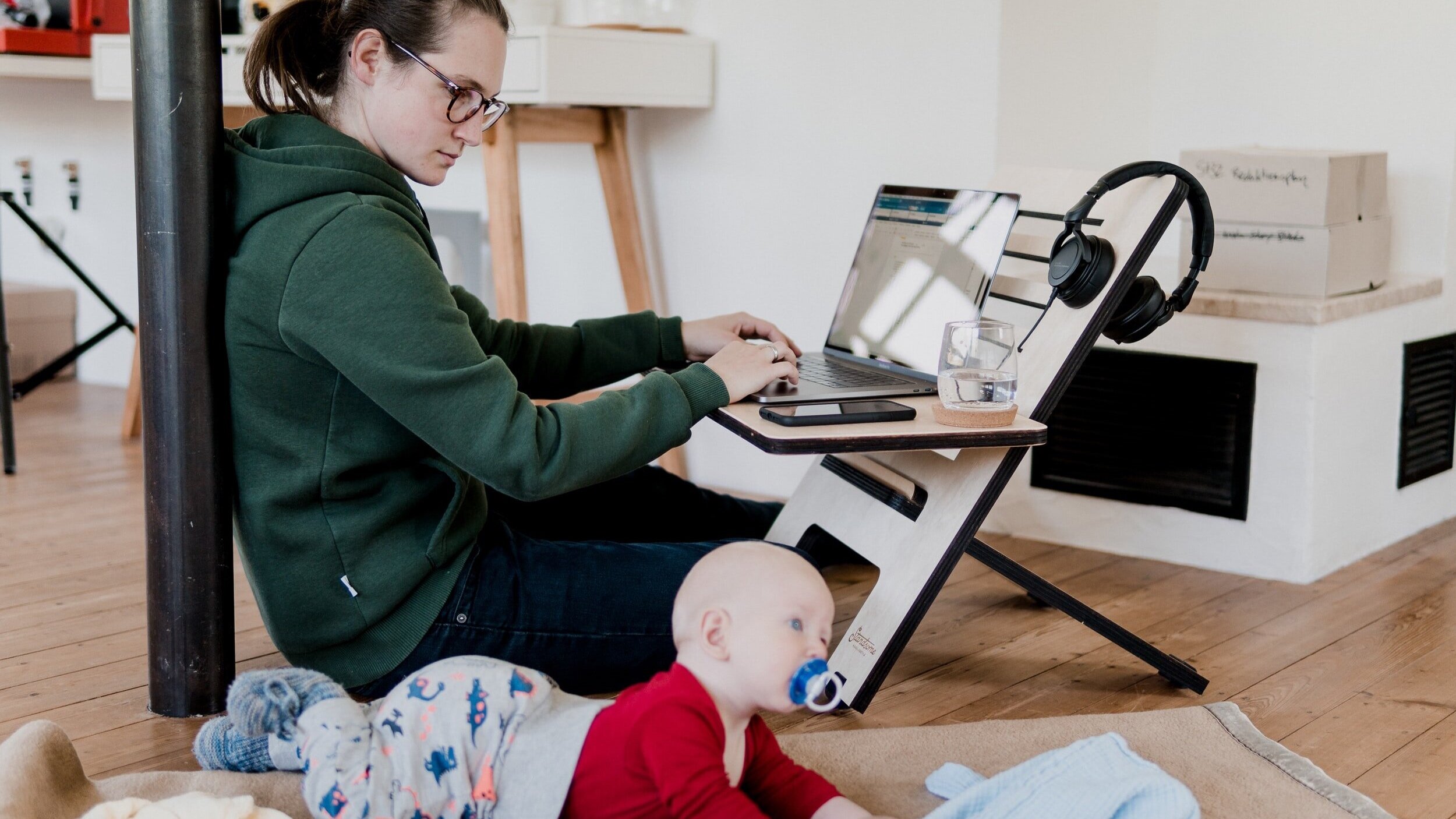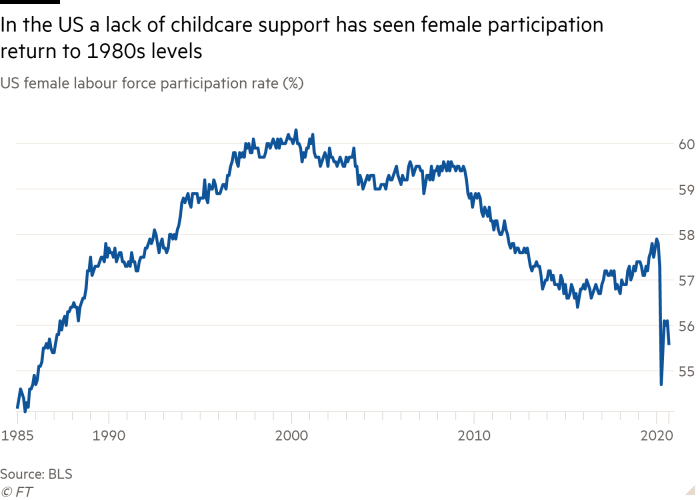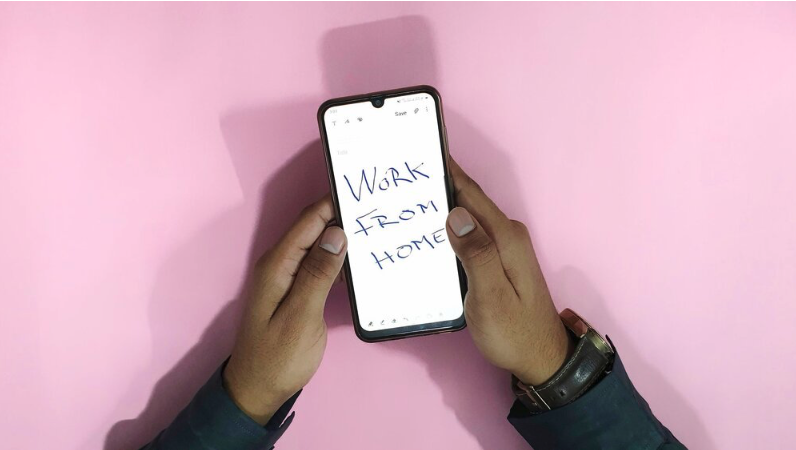It’s no understatement to say that the world has undergone a remote work revolution. Prior to the Covid-19 pandemic, it was estimated that just 2.9% of the world’s workforce worked from home permanently. After national lockdowns were imposed, this figure shot up to 88%.
This shift in working norms and preferences one that predates the pandemic, however. Over the last decade remote work has increased in popularity, showing a slow but steady upward trend. In 2016, 43% of employed Americans reported spending at least some time working remotely - a 4% increase from 2012.
But is the current remote status quo simply a by-product of necessity, or does it mark a fundamental shift in norms and a real long-term change? What is the future of remote work?
Remote work - our new normal?
Remote work certainly has its benefits. It signifies the democratization of opportunity and facilitates greater global movement of skills.
Employees have greater flexibility and can enjoy the geographical freedom of working for anyone, from anywhere. This in turn enables them to save on housing by relocating to more rural or suburban locations, or internationally.
It’s not just employees who benefit, employers do too. Remote work enables them to minimize their physical footprint, downsize offices and lower money spent on commercial space rentals in the process.
“Employers’ gains come from a more productive workforce which uses less space and is more cost effective to house, and workers’ gains stem from the prospect of a better work-life balance, thereby increasing levels of job satisfaction and organizational commitment.” -Alan Felstead and Golo Henseke
Employees also value it - a pre-pandemic survey found that those who work from home full-time were found to be 22% happier in their jobs than their counterparts who spent no time working from home.
What is the fate of the office worker of the future? Will they go extinct as companies consist of 100% teleworkers? Is remote work here to stay?
The short answer is - it isn’t, at least not in the way the world has come to know it under the exceptional circumstances of 2020. The longer answer is - it isn’t, for a myriad of reasons. Some of these include (but are not limited to):
-
Telework isn’t feasible for all sectors
-
Distraction and digital isolation
-
Work-life balance
-
The gender divide
-
Employees want hybridity
1. Telework is less feasible for some sectors
The definition of ‘telework’, ‘telecommuting’ or remote work, is: “a work arrangement in which employees do not commute or travel to a central place of work, such as an office building, warehouse, or store.”
By nature some jobs cannot be replicated remotely, or performed without a commute to a place of work. One study found that only 44% of jobs are compatible with remote work, meaning more than half of all jobs carry an in-person requirement.
These are typically service-sector jobs - transportation, food service, cleaning and maintenance, retail and personal care industries. During Covid-19, many of these professionals underwent a pivot to provision of services digitally. But for most, this was merely a stopgap measure, rather than a permanent, long-term solution.
→ Watch Now: How Wellness Company Urban Transitioned From In-Person to Digital Services
Bricks cannot be laid via Slack. A hairstylist can instruct a customer how to cut their hair via Zoom, the experience won’t match the in-person - the customer simply lacks the expertise and technical know-how to recreate the service to the same standard.
According to the 2019 National Compensation Survey, a mere 1% of service sector employees have access to telework, the lowest share among all of the major occupational groups.
2. Distraction and digital isolation
Businesses are living breathing entities composed of individuals. The feeling of unity and being part of a larger team, all working toward a common goal, is easily eroded in the absence of physical proximity to colleagues. Devoid of community, employees’ feelings of belonging, alignment with your vision and sense of purpose can dissipate.

There are no impromptu interactions - ‘watercooler moments’ of social respite that build camaraderie and break up the day. Without these, team cohesion can decrease. Nearly 60% of people surveyed feel less connected to their colleagues since working remotely more often. In China, this number spiked to 70%.
Extended periods of remote work can give rise to feelings of isolation and loneliness. Lonely individuals jeopardize success - their own and your company’s. Cigna’s Loneliness Index found remote workers are more likely than non-remote workers to always or sometimes feel alone and that lonely workers say they are less engaged, less productive and report lower retention rates.
The home is also riddled with distractions. Pets, children, deliveries, an overflowing basket of laundry within eyeshot. A University of California study found when people are interrupted by a task unrelated to work, it can take over 23 minutes to resume that task.
3. Work-life balance
While remote working is associated with higher organisational commitment, job satisfaction and job-related well-being, these benefits come at the cost of work intensification and a greater inability to switch off.
- Alan Felstead and Golo Henseke
An often remarked on employer benefit of remote work is improved employee productivity. But what appears a blessing for employers may be a curse for employees. Rather than an increase in productivity over the same amount of hours - it’s more likely an increase in productivity due to a greater number of hours worked.

Pre pandemic, remote employees reported working over 40 hours per week (43% more than non-remote workers). Following stay at home orders, the workday increased further yet - by 48.5 minutes. 65% of people reported to be working longer hours than ever before.
This is unsurprising given there is no ritual that separates leisure time from work time. Remote workers do not drive, board trains, cycle, or walk to a communal office space. If they are lucky enough to have a home office, they may walk into a different room. And there they may sit there until 7pm.
The 5pm mass exodus from the office was a useful signal, but now everyone must rely on their own internal clocks.
- Tim Pychyl, an associate professor of psychology at Carleton University
Self-management and switching off become tricky when your office and house are one, and there are no set of actions that demarcate the start of the working day from the end, leaving boundaries blurred and days unstructured.
This pattern of behavior can lead to employee burnout - the prolonged state of physical or emotional exhaustion that also involves a sense of reduced accomplishment, disengagement, lack of motivation and productivity. 56% of people say they’re more stressed about work than ever before when working from home during COVID-19.
4. The gender divide
The pandemic exacerbated inequity on many fronts - “knowledge workers” vs. service workers, remote vs. frontline employees, those with sick pay vs. those without, to name a few. Another axis along which greater division was seen was the home, where the switch to remote work saw women disproportionately undertaking caregiving responsibilities.

It’s known women bear the brunt of childcare - U.S. Bureau of Labor statistics on time spent caring for household children between 2015-19 indicate that women are more likely to be involved in childrens’ education, play, hobbies, physical care, than men, across every age group. The younger the children, the greater the disparity.
I don’t think that this data suggests that the dads are slacking, necessarily. But, I think women overall are feeling this more acutely.
- Liz Hamel, Director of Public Opinion and Survey Research, Kaiser
This ‘invisible labor’ goes beyond childcare - women are also more likely to be carers to aging or sick family members.

Source: Financial Times
When remote work is less suited to half of the global population than the other, it cannot be sustained long-term. So if the future is fully remote, there needs to be a global cultural shift within the home to better accommodate it.
5. Employees want hybridity
Employees, regardless of gender, seniority or family situation are seeking greater agency. That is, the agency to choose how and when they work, i.e., the antithesis of the working conditions forced by the Covid-19 pandemic.
In the hybrid workforce of the future, home and office both have a part to play - 55% of employees want a mixture. Hybridity represents ultimate flexibility, empowering employees to fit work around their lives, as opposed to making their lives fit around logged hours in an office. The best of both worlds are amalgamated - remote work’s flexibility meets the office’s sociability.

Hybrid work demands each setting - home or office - is optimized for employee experience. The office will be optimized for experiences that working from home cannot satisfy - when an in-person workspace calls, it will exist as a collaborative space for connection and creativity. And vice versa.
Office spaces may be downsized, and hotdesking may take the place of assigned seating. At home, employees may be given a budget to create a bespoke ergonomic workspace, optimized for their personal productivity.
In both situations, personalization reigns supreme - meaning the future of work is both hybrid and personalized.
The takeaway
The type of remote work Covid-19 ushered in was never intended to be permanent - it was a crisis response. The main problem with remote work as the world has experienced it this year, was not that it was remote, but that it was remote without choice, for everyone, everywhere. When telework is an imperative, it suddenly feels more stifling than conducive to productivity.
One thing 2020’s worldwide remote work experiment has achieved is that it’s created the conditions necessary for businesses to evolve for the better. As Slack’s CEO, Stewart Butterfield, put it:
The sudden shift to distributed work has provided a once-in-a-generation opportunity to reimagine everything about how we do our jobs and how we run our companies.
A response to challenge, real or perceived, is at the root of innovation. Remote work has caused companies to rethink - to tweak, test, and improve existing formulas for a more favorable outcome.
Success lies in the ability to make or adapt to change. And ultimately, the companies that’ll thrive in the future of work are those who have reflected on and re-evaluated their pre-pandemic processes to achieve greater organizational efficiency, or as we know it - Workforce Success.
What can you do to set your employees up to succeed for the future of remote work? Global workforce trends indicate that adoption of the right technologies will be key to navigating this hybrid future of work.
Whether in the office, or at home, eduMe’s remote training tool allows you to not only train, but inform and engage people wherever they are, whenever they need it. It acts as a destination for employees to engage in company culture, peer-to-peer learning, replicate the human touch digitally in water cooler moments, and more.
Want to see how it works for yourself? See a preview 👇






